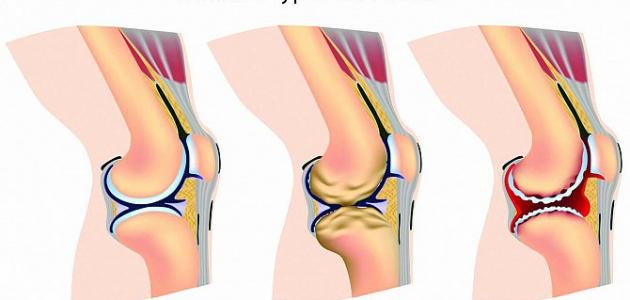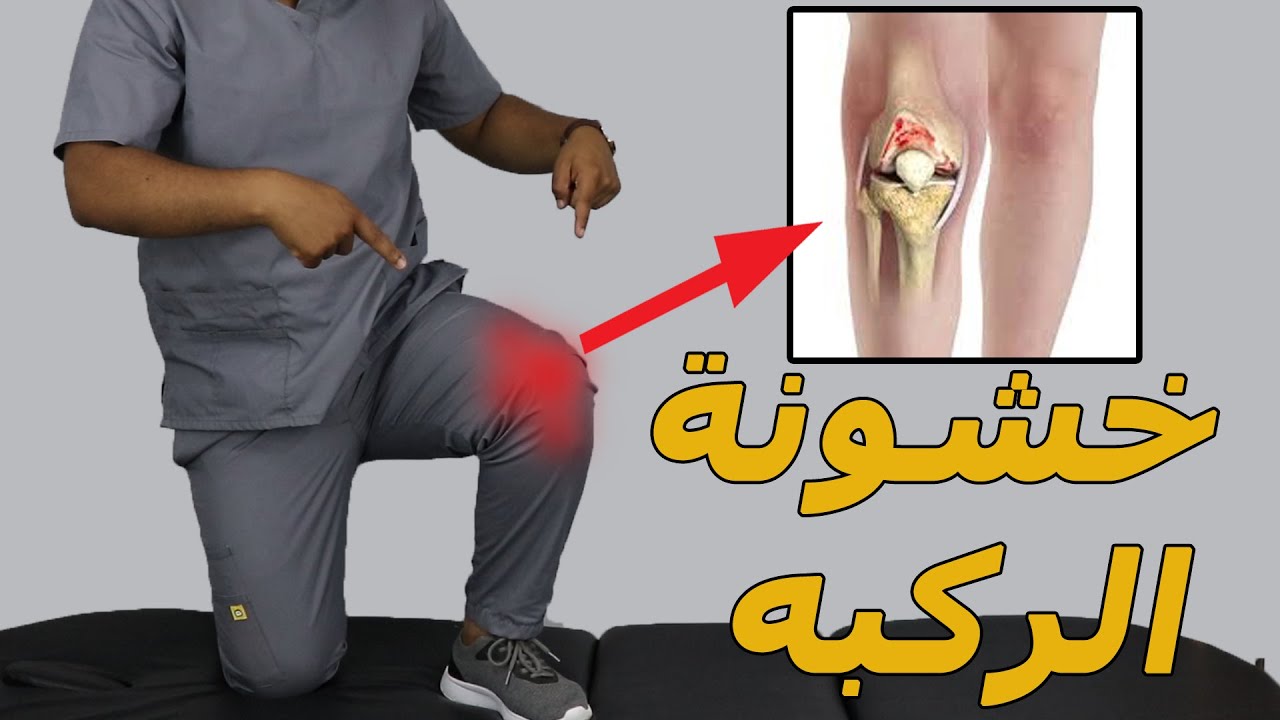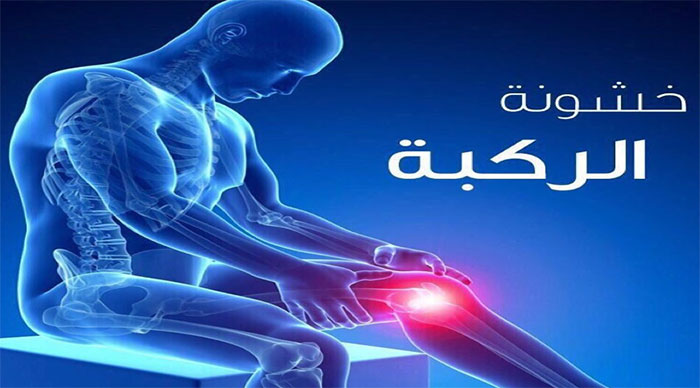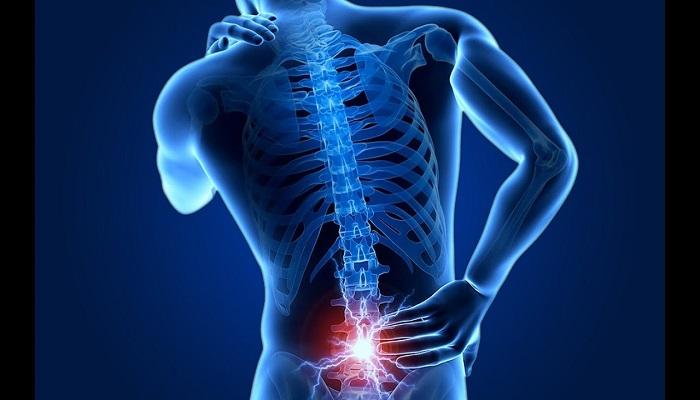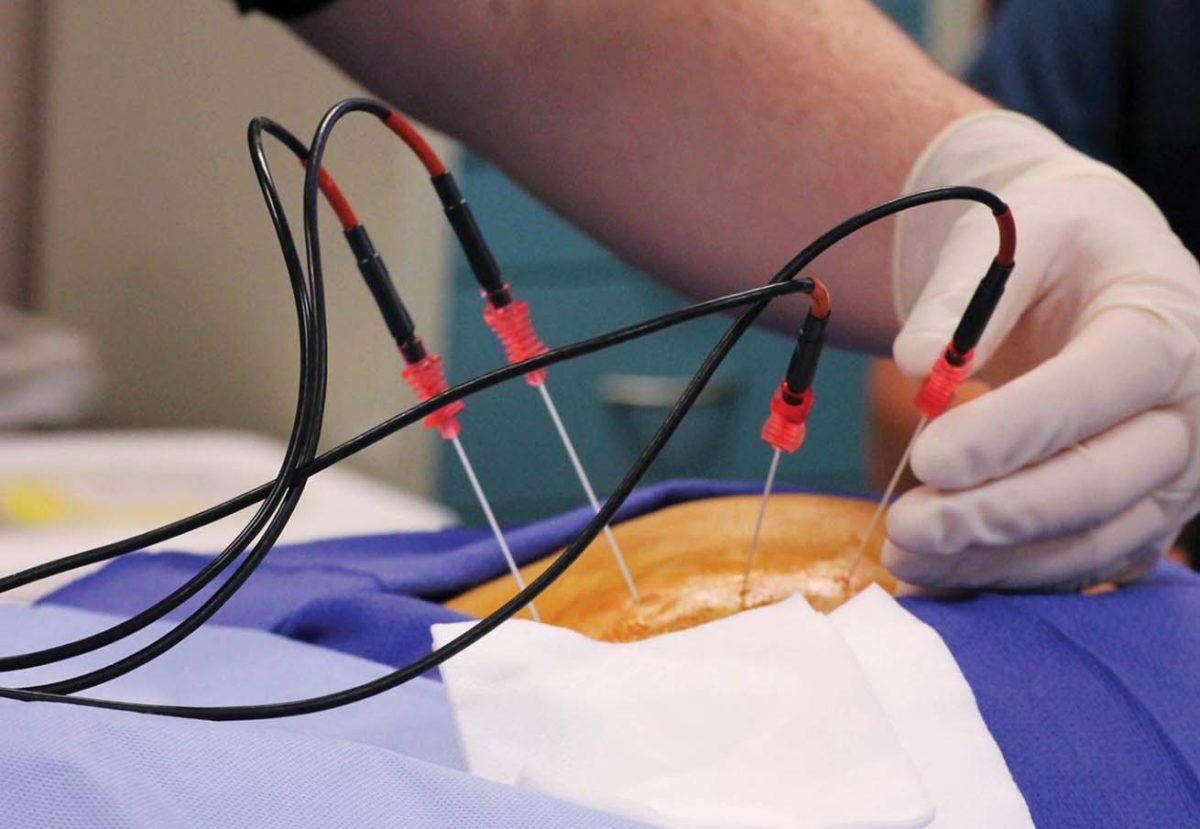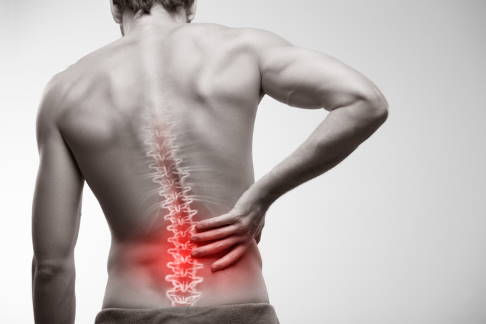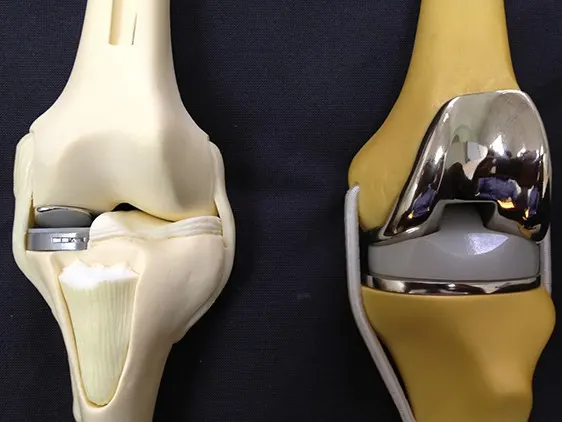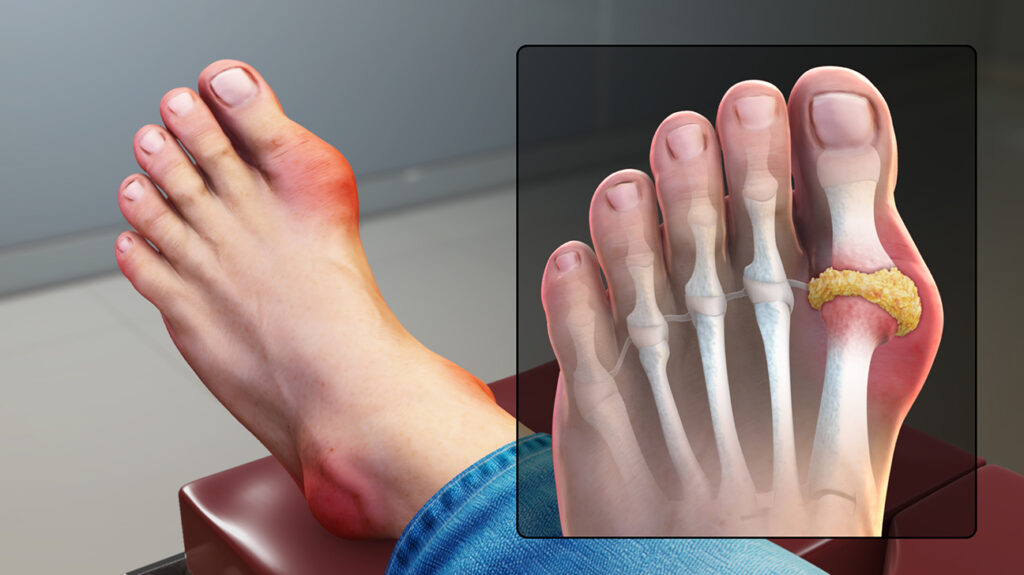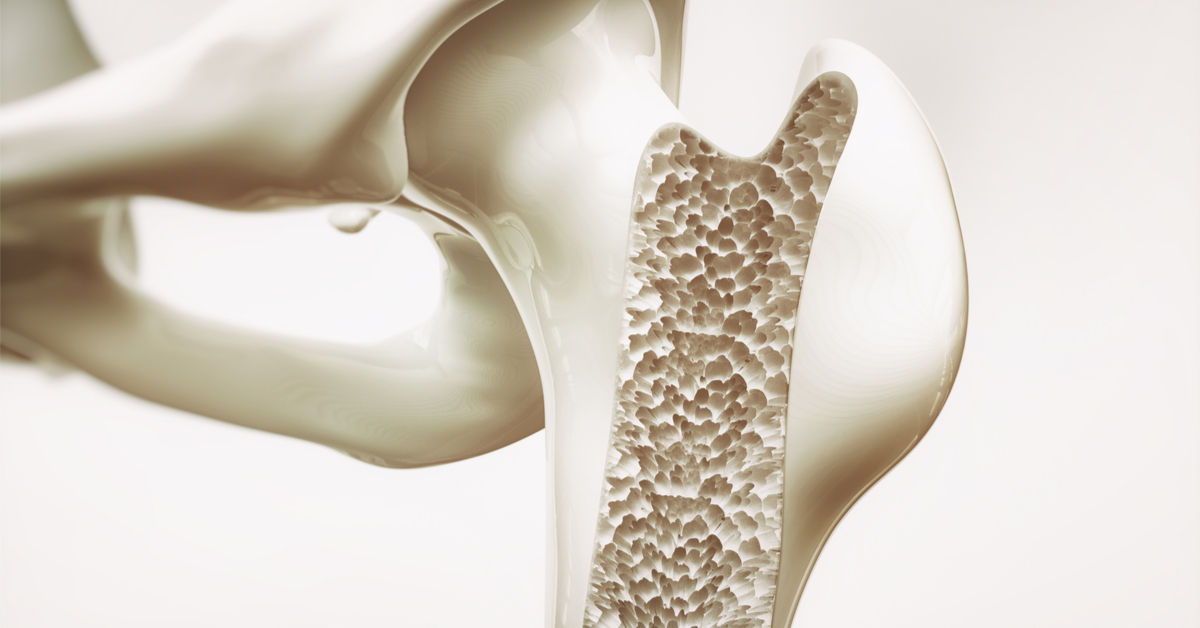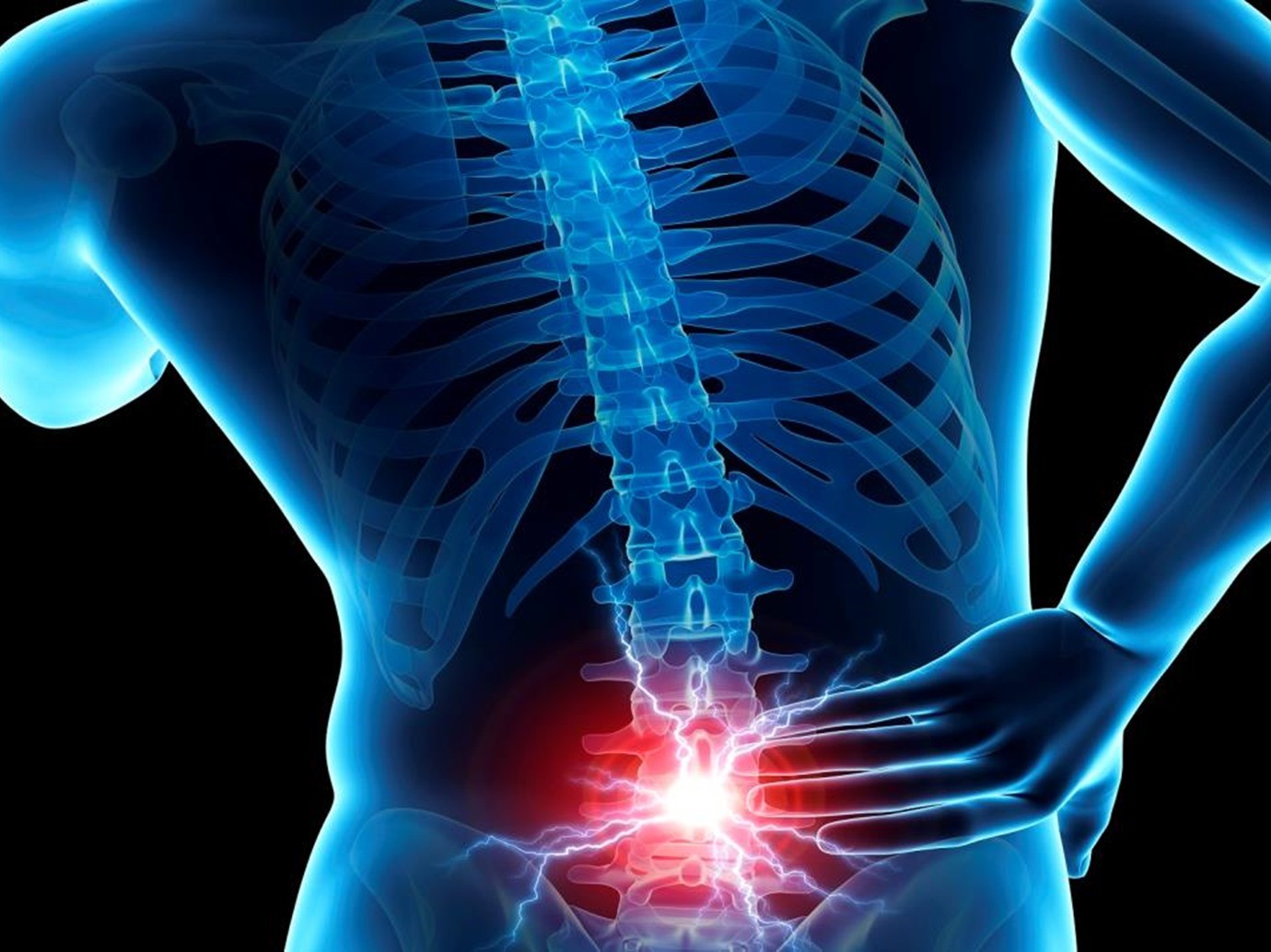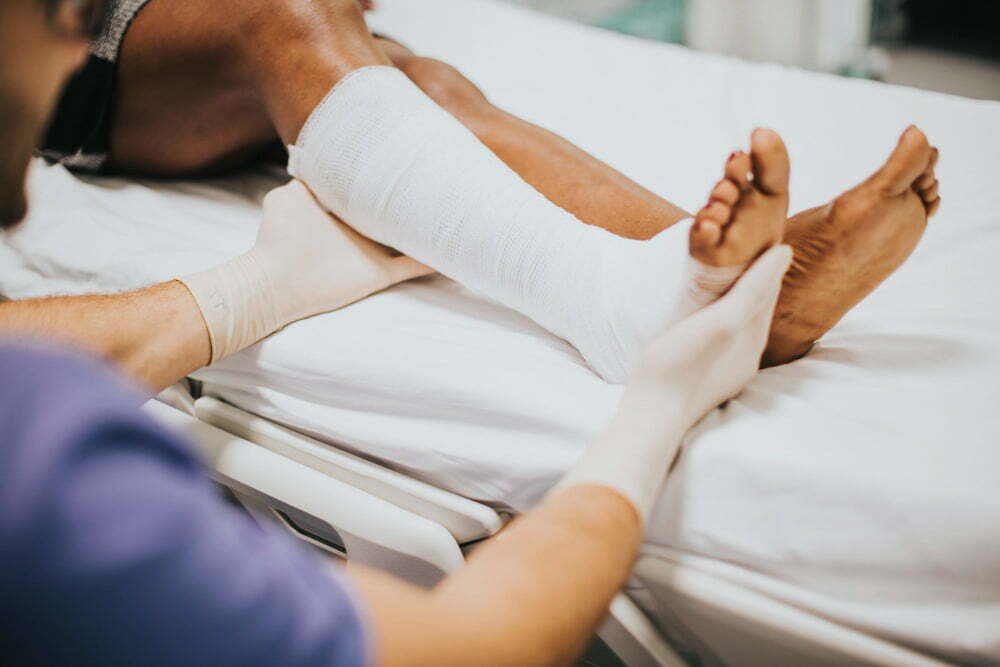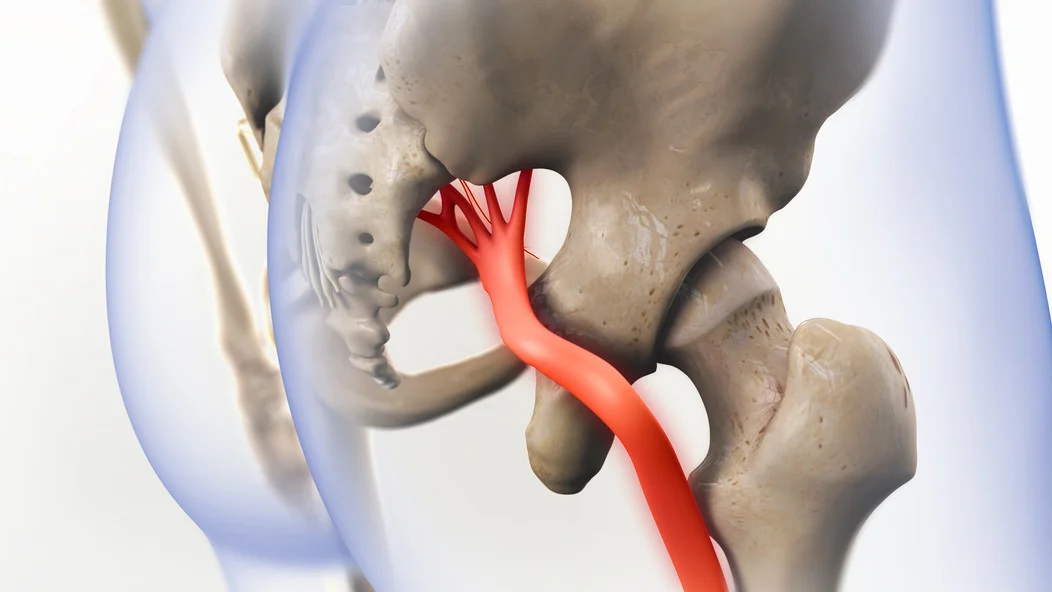What you do not know about Flatfoot
Many people feel anxious as soon as they hear that they have been infected with flatfoot, thinking that the situation is dangerous, but this is not true, as the matter is very simple and can be dealt with in many ways according to the individual’s condition. Follow the following article with us to learn about the most important information on this subject.
Flatfoot
People ask a lot of questions, such as how do I know if I have a flatfoot? Although people with flat feet do not complain of any problems at all, some types of flat feet may cause some pain, and among the symptoms that indicate, as soon as they appear, that the individual has flat feet:
- Cramps in the leg area.
- The presence of some pain in the area of the feet or legs.
- When changing direction while walking, the individual feels some pain.
- Pain in some areas such as the arch, ankle, heel, or outside of the foot.
- Deviation of the toes.
How to diagnose flatfoot
In the beginning, the doctor’s diagnosis of the presence of flatfoot is through undergoing a physical examination, as the doctor makes the patient stand and presses on the feet to determine the type of flatfoot affected by it, and also focuses on the shape of the arches in the case of sitting, standing, or walking, and what the patient feels during that, and in some cases, the doctor may request an x-ray to check the bones.
Is flatfoot considered a disability?
Flatfoot is not classified as a disability, but it only causes a deformation in the shape of the foot and makes it completely flat without any curves, which may cause some problems for the individual during movement.
Is flatfoot dangerous?
Flatfoot is not dangerous, but it may cause people a lot of pain because it is unable to bear the weight of the individual’s body, which makes it uncomfortable, and among the damages that may befall the individual as a result of flatfoot infection:
- Chronic muscle stress: due to the flatness of the foot, it is not able to bear the weight of the individual in the event of standing or movement, and this is a great exhaustion of the muscles, and the more the individual moves, this causes him severe pain and exposes his muscles to stress.
- Leg and back pain: Flat feet affect all parts of the leg, thighs, and back, causing the individual to feel severe pain, as the normal foot makes the body in a very balanced and healthy position.
- The occurrence of problems related to the musculoskeletal system: Flatfoot is the most common cause among individuals for this to happen, and this is because the individual’s ability to balance begins with the foot, and therefore if it does not help the individual to balance properly during movement, then this matter results in injuries in both the ankles, knees, and thighs.
Flatfoot treatment
Do many people wonder about what is the treatment for flatfoot naturally? The answer to that is to follow some instructions that we will present in the following lines, for example:
- Make the doctor prescribe some painkillers to calm the pain and not take them without consulting him.
- Wearing medical shoes that are healthy for the feet.
- Make sure to keep doing some exercises that help strengthen the muscles of the foot.
- If the pain that afflicts the individual is chronic, the surgical treatment method can be followed, and its success rate is very high.
- Avoid staying standing for long periods.
- Maintaining an ideal weight, as any weight gain increases the severity of the pain.
Herbal flatfoot treatment
Herbal treatment methods have proven effective in relieving pain since ancient times, and despite the current technological developments, there is still a reliance on them in many matters due to their ease and cheap price, here are some of the herbs that are very useful for soothing pain in the foot area.
- Turmeric: Its effectiveness is because it contains curcumin, which has a very significant factor in relieving pain in addition to reducing inflammation.
- Chamomile: It has an effective role in calming the pain that the individual feels.
- Alfalfa: It contains many minerals that are beneficial to the individual, such as potassium and calcium, which are indispensable for bone health.
- Garlic: It is one of the strongest and best natural antibiotics that is effective in many uses.
Flatfoot treatment for adults
Flatfoot does not only affect young people, but adults are also susceptible to it in many cases, especially for those who overdo the practice of very violent sports, and it is treated in the following ways:
- Make ice packs to relieve pain.
- Use of some analgesics prescribed by the doctor in case of chronic pain.
- Do some exercises that help strengthen the leg muscle and increase the flexibility of both the ankle and foot tendons.
- Work on strengthening the arch of the foot by walking on flexible surfaces such as sandy beaches and grassy ground.
Does physiotherapy treat flat feet?
Many individuals may be injured as a result of excessively doing some exercises that require great violence, and here comes the role of physical therapy and it is very effective in many cases, as the specialist doctor is keen to recommend appropriate exercises that benefit the individual’s condition and help to strengthen the muscles and tendons in the feet, in addition to giving him some advice that he can follow while walking.
What are the exercises that treat flatfoot?
Heel stretching exercises
- Stand with your hands on a wall at shoulder level.
- Put one leg forward and the other backward.
- Pressing the heels firmly on the ground.
- Straighten your spine, bend your front leg, and push yourself up against the wall until you feel a stretch in your back leg.
- Hold this position until 30 seconds have passed.
Tennis ball exercises
- Sit on a chair with a tennis ball under one foot.
- With your spine straight, roll the ball under your foot, particularly in the arch of your foot.
- This situation lasts from two to about three minutes.
Muscle stimulating exercises
- Stand up and raise your heels as high as you can.
- A wall or chair can be used to maintain balance.
- Hold the upper position until 5 seconds have passed and then pull down.
What is flatfoot?
Flatfoot is a condition that afflicts some individuals and in which one or both feet are flat, and this is more evident in the case of standing or pressing on the feet, and the flatness of the foot is noted and the absence of the arch in its usual form, and the arch may appear when the foot is raised in many cases, and all children are born with flat feet as the arches do not begin to form until the sixth year of the child.
Does flatfoot delay walking?
It may be extremely rare that flat feet cause delayed walking in some children, and in that case, the doctor prefers surgical intervention and does the following:
- The process of separating the fusion of the bones of the foot: This operation is performed when the cause of the problem is the fusion of the bones of the foot abnormally, and therefore it is separated through surgical intervention.
- An operation to remove the extra scaphoid bone: This is a condition in which a child is born, and no methods of physical therapy work with it, and surgical intervention is required to solve this problem.
- An operation to treat neuromuscular diseases: These diseases affect the child’s ability to walk, and this is why this problem is solved surgically.
Is flatfoot considered a handicap?
Flatfoot is not classified as a disability, but rather it only causes deformities in the foot, in addition to the fact that flat feet cause people a lot of pain while standing or walking because they are unable to bear the weight of the body in that case, as the arch of the foot is Largely healthy makes the individual able to move normally.
The difference between flexible flatfoot and Rigid flatfoot
There are many questions that people ask about what is the difference between meaty and bony flatfoot? This will be answered and the difference between them explained in the following lines:
The difference in the form
- Rigid flatfoot: the flatness in it is clear while lifting it or even standing on the ground.
- Flexible flatfoot: The arch of the foot is clear while raising the foot and disappears once it is placed on the ground.
The difference in terms of symptoms
- Rigid flatfoot: the individual suffers from stiffness in the foot, feels severe pain, and faces some difficulties during movement.
- Flexible flatfoot: Most likely, it does not cause any pain to the individual and is not a problem for adults.
The difference in terms of admission to the military college tests
- Rigid flatfoot: Applicants can be admitted to military academies, and those affected are not exempt from military service.
- Flexible flatfoot: In this case, the injured person is unable to stand or walk for long periods, and therefore he obtains an exemption from military service and is not accepted into military colleges.

